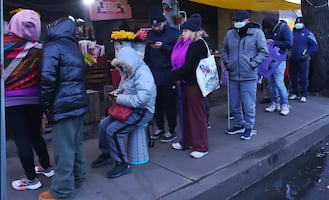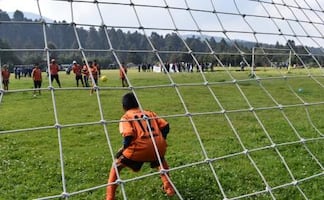Urban art, such as graffiti , is a social agent which transforms environments. A statement confirmed by the project Walls Central which in its second phase aims to recover the beauty of Mexico City's Central de Abastos – main wholesale market – and at the same time raise awareness regarding actions which go from picking up trash to promoting art in children.
In the first stage of this project, which began in September 2017, over 24 walls were painted to celebrate the 35th anniversary of the largest market in the world. Now the second phase of the project, sponsored by the UN Information Center, considers delivering 32 works more, on which over 50 national and international urban artists will paint their designs.
Walls Central has even become part of the UN's Sustainable Development Goals of their 2030 Agenda, which works to achieve a sustainable cultural society and has generated specific actions such as the considerable decrease in littering and increasing the interests of children in arts.
“Art is a strategic policy for the progress of societies and this urban art project raises awareness in people regarding different change actions. The goals of the 2030 Agenda for Sustainable Development are each time closer to this project and graffiti and muralism have the power of engaging society with its environment,” said Cristina Argetta, UN representative in Mexico.

(Photo: Lucía Godínez/ EL UNIVERSAL)
Despite there are no specific data or statistics on the decrease of insecurity, curator Itze González states it's a fact crime is dwindling in the area and said that as an example of this is that none of the murals has thus far been damaged by community members.
“The call was done by We Do Things (WDT), an agency of which I'm one of the co-founders and which seeks to do art with social awareness , which is why it has helped us to select the artists who will participate together with Julen Ladrón, our cultural manager,” said Itze González.
Among the artists who will participate in this second stage are Japanese artists Kenta Tori and Mexicans Santiago Espinosa and Haus.
The project includes two workshops for the restoration of the social weave, one for children and the other for the rest of the community, including the shopkeepers of the Central de Abastos.
am
Noticias según tus intereses
[Publicidad]
[Publicidad]














